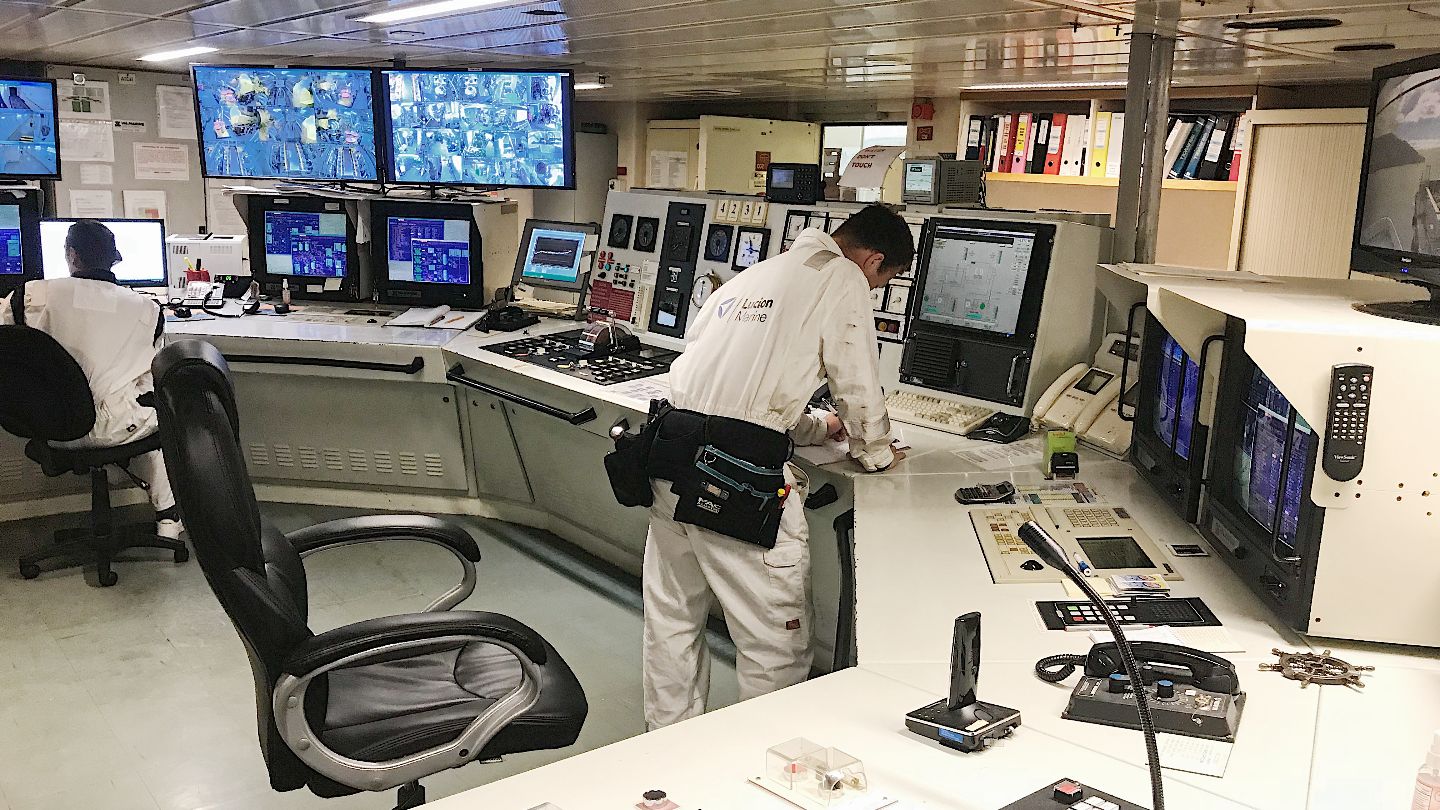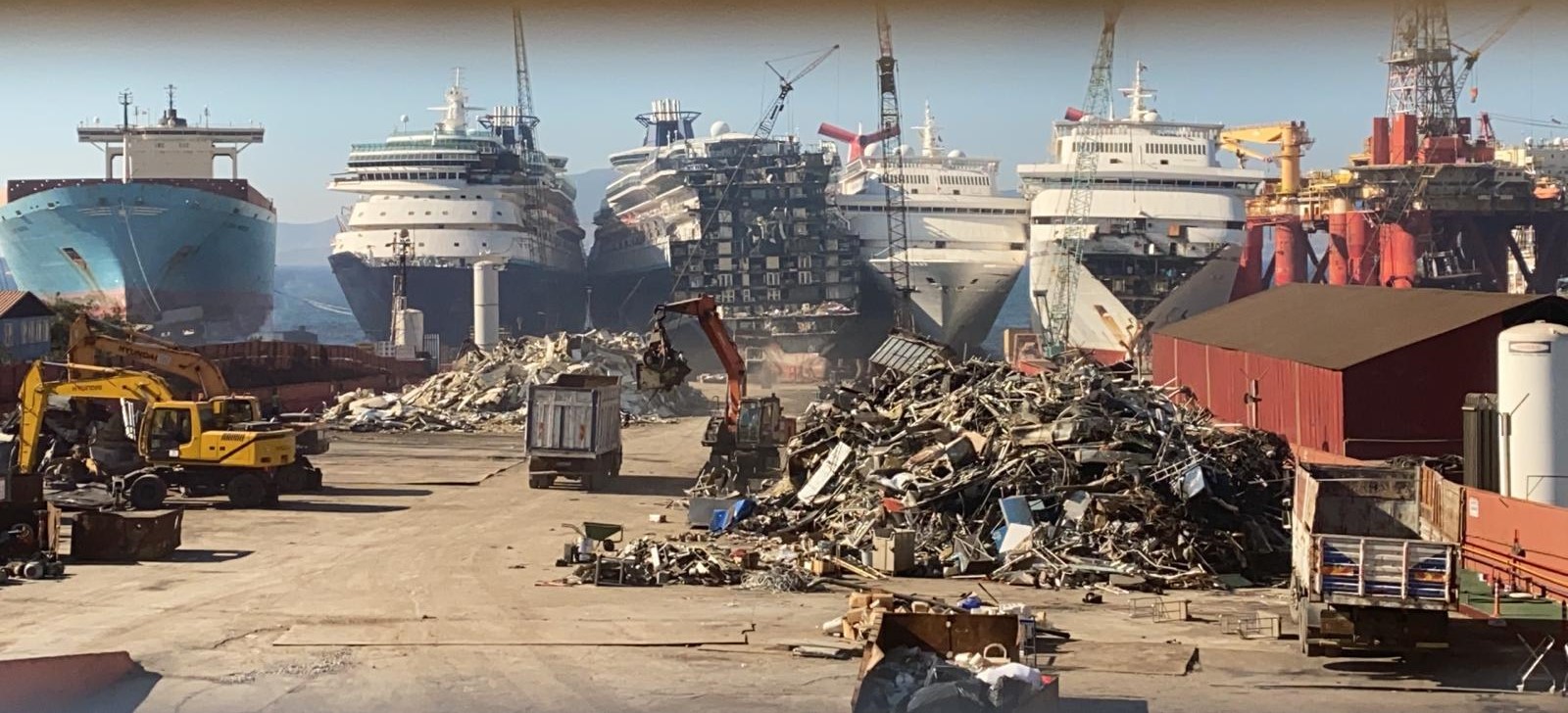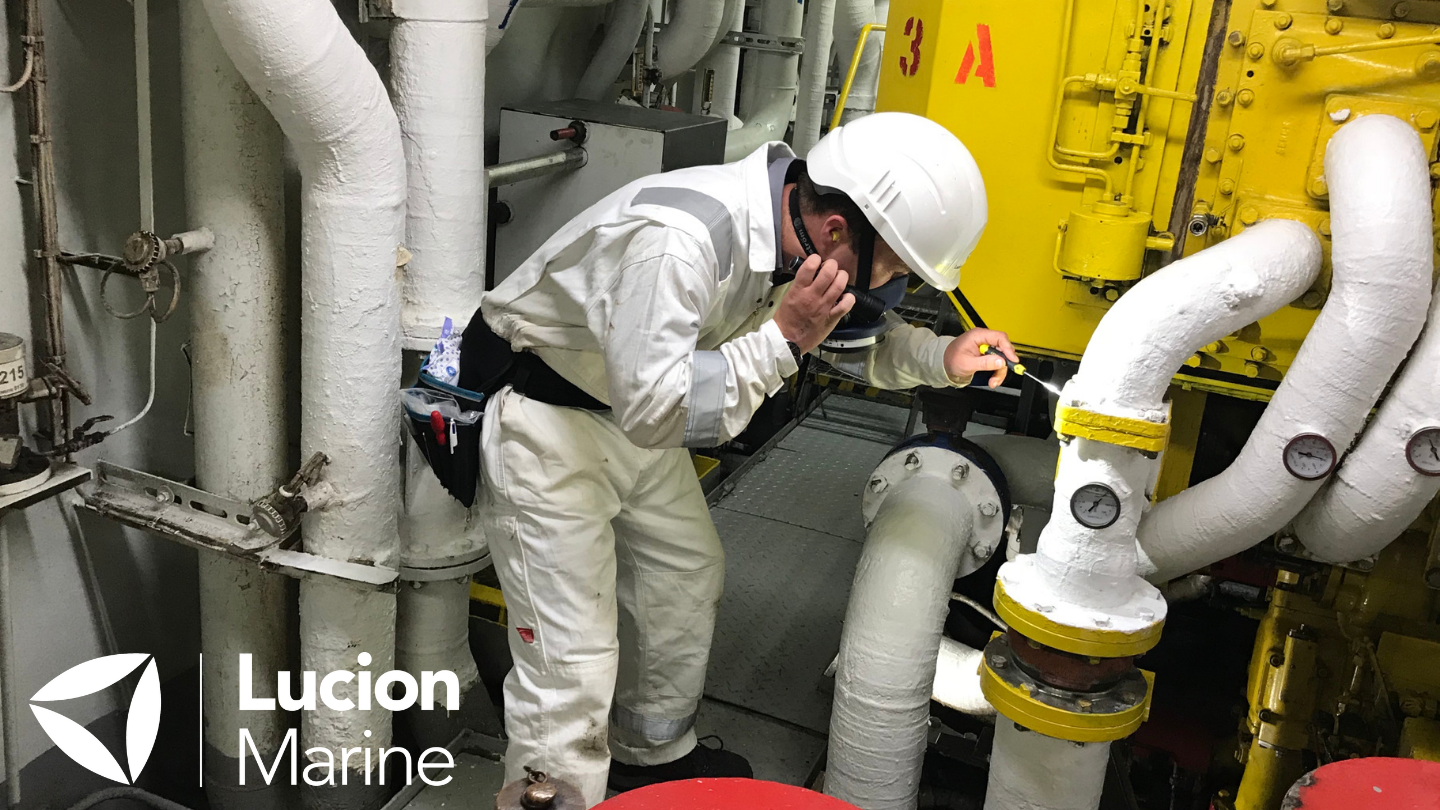DEVELOPING AN ASBESTOS FREE SUPPLY POLICY FOR SHIP OWNERS
27 November 2017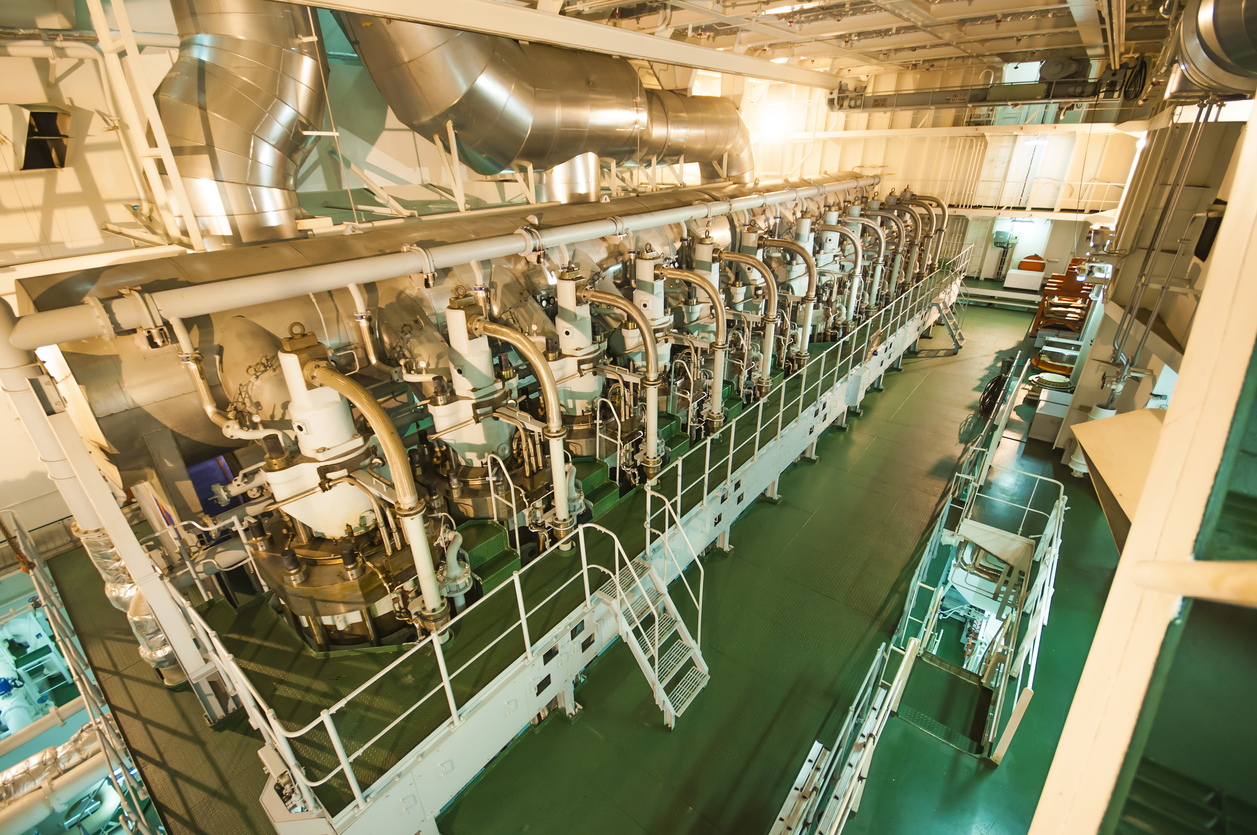
John Chillingworth of Lucion Marine looks at what ‘asbestos-free’ actually means and the challenge facing ship owners in eliminating the risks associated with hazardous materials.
Although asbestos has been banned from ships since July 2002, it is still very common for the material to be found in large numbers of vessels of all types. Indeed it is particularly concerning that asbestos continues to be found in many new ships, even though the manufacturing yard may have declared the vessel to be asbestos-free.
In the circumstances, a key consideration for ship owners is how they can best protect themselves from this sort of situation and especially when ordering equipment and materials used in vessel modernisation, re-fit or repair programmes.
Harmful legacy
It has long been recognised that the disturbance of asbestos-containing materials can lead to harmful fibres being released, becoming airborne and being inhaled. This can lead to damaging health effects for those exposed to asbestos fibres in the air.
Although its use is now banned in many countries, the prevalence of asbestos that remains in products and materials used in the marine sector means that it cannot be enough for procurement professionals to simply state in their documentation that materials should be ‘asbestos free’.
 In fact, the term ‘asbestos free’ can itself be very misleading as a result of different international thresholds that govern and control its precise definition. For example, in the USA up to 1.0% asbestos content can be permissible, while in the EU it is 0.1% and 0% in Australia.
In fact, the term ‘asbestos free’ can itself be very misleading as a result of different international thresholds that govern and control its precise definition. For example, in the USA up to 1.0% asbestos content can be permissible, while in the EU it is 0.1% and 0% in Australia.
In the Far East, China has no official standard and in our work with ship owners and shipyards there we have found as much as 15% asbestos in materials that have been declared ‘asbestos free’. This problem is compounded by the fact that there is no specific testing and certification of parts and materials by ship manufacturers or repairers.
Asbestos is typically found in whistles, pipe hangers, incinerators, boilers, deck composition and gasket materials often kept onboard in ships’ stores. As a result it can be present in and on virtually all types of military and commercial vessels, as well as in oil rigs and other floating structures.
In my experience ships built in the Far East and Turkey are more likely to have a high percentage of items containing asbestos. China is also a leading protagonist, but it is important to understand that asbestos can be present in products manufactured all over the world. For example, we discovered a 2008 Scandinavian built ship was found to have asbestos in a Norwegian built incinerator.
Procurement safeguards
Because no actual testing of products, parts and component supplies are carried out, records and inventories are based on manufacturers’ or suppliers’ declarations.
Consequently, even if a newly built ship is actually asbestos-free, the vessel can still be contaminated through items that are subsequently brought onboard by the owners, operators or repairers.
To avoid the risks posed by the inadvertent release of asbestos fibres into the air, ship owners and fleet management companies must ensure that their procurement departments include the proper requirements, wording and responsibilities in their standard terms and conditions of business.
 As a starting point, as part of any clearly stated policy, it must be stated that all products have to be asbestos free, and that this absolutely means 0% non-asbestos content.
As a starting point, as part of any clearly stated policy, it must be stated that all products have to be asbestos free, and that this absolutely means 0% non-asbestos content.
The terms should also highlight that during ongoing maintenance and inspection programmes undertaken as part of a ship’s Inventory of Hazardous Materials (IHM), random sampling of materials and products will be undertaken. If asbestos is detected in any part, component or material supplied to a vessel it will be replaced and the original supplier will be held responsible for its replacement and any incidental costs.
In the interests of minimising risk, it is already the case that some major ship owners such as CMA and Maersk are taking a proactive approach and have specialist surveys undertaken on new build vessels prior to delivery. As the situation with asbestos-free declarations become more well-known, it is anticipated that more ship owners will take all necessary steps to protect themselves and have asbestos surveys carried out on their ships.
How to ensure a ship is asbestos-free
- Have an approved company survey the ship.
- If asbestos is found have it removed or develop a management plan which can include an asbestos awareness online course for the crew.
- Instigate a Quality Management system that periodically has materials supplied to the ship tested to see if they are asbestos-free.
- Perform an updated survey after a refit.
What are the incentives for the shipowner?
- Stops potential litigation for claimed exposure to asbestos from the ship’s crew.
- Allows the ship to operate globally without the fear of inspection and finding asbestos which could impact a charter agreement.
- Enhances the true value of the ship and eliminates any potential issues if asbestos was found during a pre-purchase survey.
- Protects the crews and anyone working on the ship.
It can be argued that over the last 15 years shipyards, ship owners, classification societies and suppliers have all acted in good faith when ordering asbestos-free items but may have been caught out because the product and material declarations have been taken at face value.
Currently, if asbestos is found on a pre-2002 built ship, an asbestos register and management plan must be put in place. On post 2002 built vessels any asbestos present has to be removed within 3 years.
However, there are reasons to suggest that SOLAS and the IMO should now consider an amendment to the rules for post 2002 ships to allow them to have an asbestos management plan in place to deal with low-risk asbestos-containing items. This would encourage ship owners to undertake asbestos surveys of their ships, eliminating any uncertainty caused by the use of materials that have carried an incorrect asbestos-free status.
Inventory of Hazardous Materials Guide
The Inventory of Hazardous Materials (IHM) is a structured system to control hazardous materials onboard ships and achieve compliance with the EU Ship Recycling Regulation (EU SRR) and Hong Kong Convention (HKC) for the Safe and Environmentally Sound Recycling of Ships. Read Lucion Marine clients' most frequently asked questions and answers.
_1.png)
Download From NexGen
Tool Box Talk: Asbestos Awareness
As part of Lucion’s Take Care Be Aware initiative, we actively take care of our health and safety responsibilities, with continuous awareness of our commitments to knowledge share and educate.
In doing so we have created a ‘toolbox talk’ on asbestos awareness to raise awareness of the hazards associated with asbestos-containing materials, enabling safety professionals to share knowledge and overall save the time and effort in producing them for you and your teams.
_2.png)
Download From NexGen
Health and Safety Risk Assessment Template
Risk Assessments are part of the risk management process and are included in the Management of Health and Safety at Work Regulations. A Risk Assessment is a process of identifying what hazards currently exist or may appear in the workplace. Utilise our Risk Assessment PDF example and template to help conduct your own Risk Assessment.
_1.png)
Download From NexGen
 NexGen
NexGen
